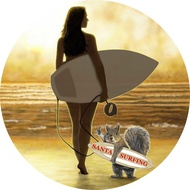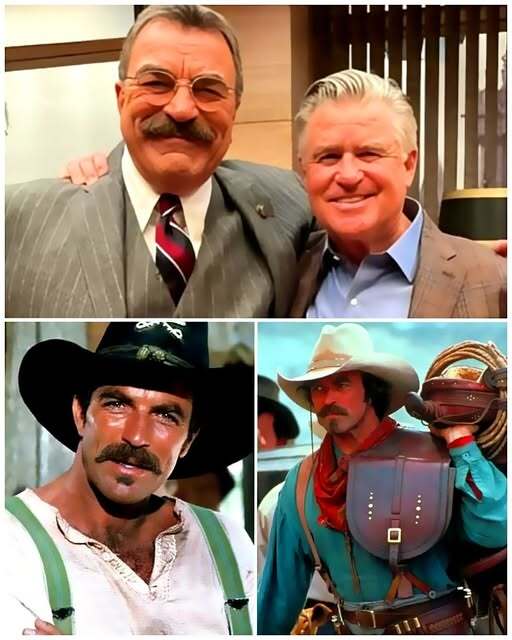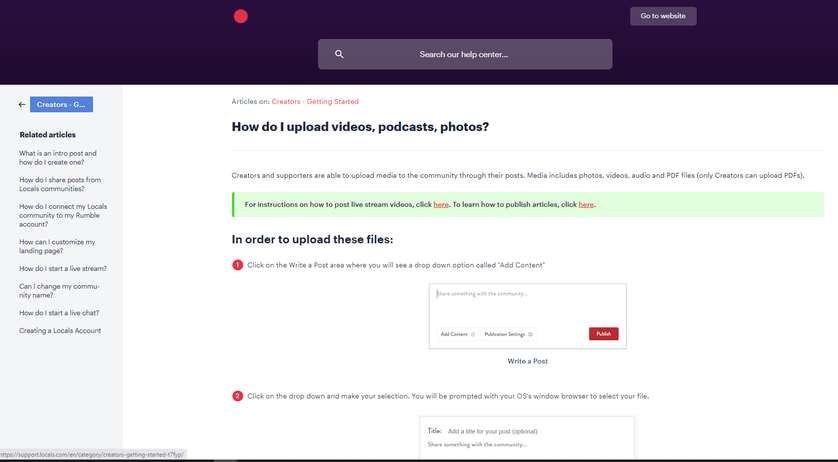How to Use Locals Frequently Asked Questions and Help Topics:
https://support.locals.com/en/article/how-do-i-upload-videos-podcasts-photos-r49es4/
If you need more help contact LOCALS Support at:

he was already recognized for his tall, rugged frame and commanding presence, but what the crew didn’t know was that he didn’t know how to ride a horse. The irony of being cast in a Western without the fundamental skill of horseback riding wasn’t lost on Selleck himself. He confessed openly, “I don’t know how to ride,” just as cameras were about to roll. It was a moment of vulnerability for an actor stepping into the world of American Westerns, where horsemanship was a rite of passage.
The producers of "The Sacketts" didn’t replace him. Instead, they put him through an intensive crash course. Hours in the saddle, endless bruises, and an unforgiving learning curve followed. Selleck wasn’t merely learning to ride, he was developing a bond with the animal, understanding the unspoken language between rider and horse. The film's terrain, shot across rugged wilderness, gave him no leeway. By the time the final scene was filmed, the once-rookie rider had transformed into someone who could command a horse with authentic ease, laying the groundwork for what would become a defining trait of his career.
That hard-earned skill didn’t go unnoticed. When he took on the role of Matthew Quigley in "Quigley Down Under" (1990), Selleck was no longer pretending, he was living the part. The Australian outback offered a fresh but equally challenging environment. Long gallops across dusty plains, sharp gunplay from horseback, and unrelenting heat added a visceral authenticity to the film, and Selleck met every demand head-on. The bond he had developed with horses deepened during this production, especially with one in particular, Spike.
Spike wasn’t just another horse in a Western production. Selleck developed an almost wordless communication with the animal. Trained but spirited, Spike had a mind of his own, and Selleck respected that. They became partners, both trusting the other to hit their mark. Their synergy was most visible in "Last Stand at Saber River" (1997), where Selleck portrayed a Confederate soldier returning home to reclaim his land. The emotional depth of the film extended to the scenes with Spike, moments where Selleck’s stillness in the saddle said more than pages of dialogue. The camera lingered, capturing more than action, it captured quiet respect between man and horse.
Off-screen, Selleck maintained that connection. Unlike many actors who walk away from their roles after the final scene, he kept riding, refining his technique, and immersing himself deeper into the culture of the American West. His portrayal of cowboy characters grew richer, more grounded. Directors and stunt coordinators began to rely on his abilities not just as an actor, but as someone who truly understood the essence of a Western.
Though television roles like "Magnum, P.I." and "Blue Bloods" brought him broader fame, Selleck never strayed far from his Western roots. He sought out projects that let him return to the saddle, and his performances reflected a maturity born from real experience. His admiration for the genre remained undimmed, and so did his belief that there were still stories worth telling under wide-open skies.
Now, with whispers circulating about potential future collaborations, Selleck has expressed genuine interest in working on another Western, especially under the direction or influence of Taylor Sheridan. The modern torchbearer of the genre, Sheridan’s name has become synonymous with complex Western narratives in works like "Yellowstone" and "1883." Selleck believes a collaboration could offer something fresh, something powerful. For him, it’s not about reclaiming a past glory, it’s about continuing a journey that began with fear, grew with discipline, and endures through respect. Tom Selleck's saddle is still waiting. And if Taylor Sheridan calls, he’ll be ready to ride.

“The USDA and Secretary Brooke Rollins have announced a portal for farmers, ranchers, and producers that if federal or state agencies are harassing you, you go on the portal and you've essentially a direct line to the top, to Secretary Rollins.”
“This portal is gonna be a big deal — Awesome news. Feeling pretty confident about where we're going.”

How to Use Locals Frequently Asked Questions and Help Topics:
https://support.locals.com/en/article/how-do-i-upload-videos-podcasts-photos-r49es4/
If you need more help contact LOCALS Support at: